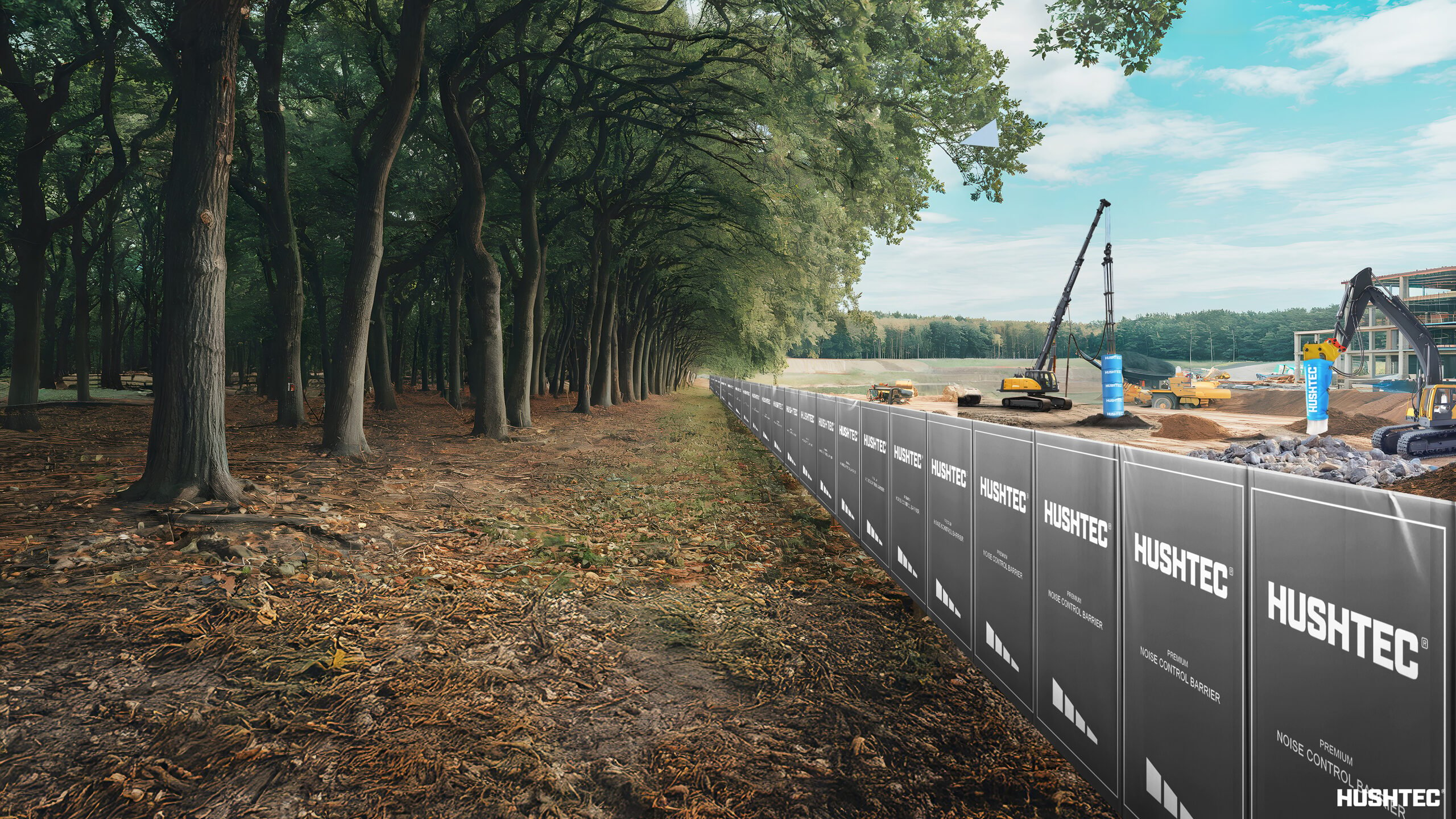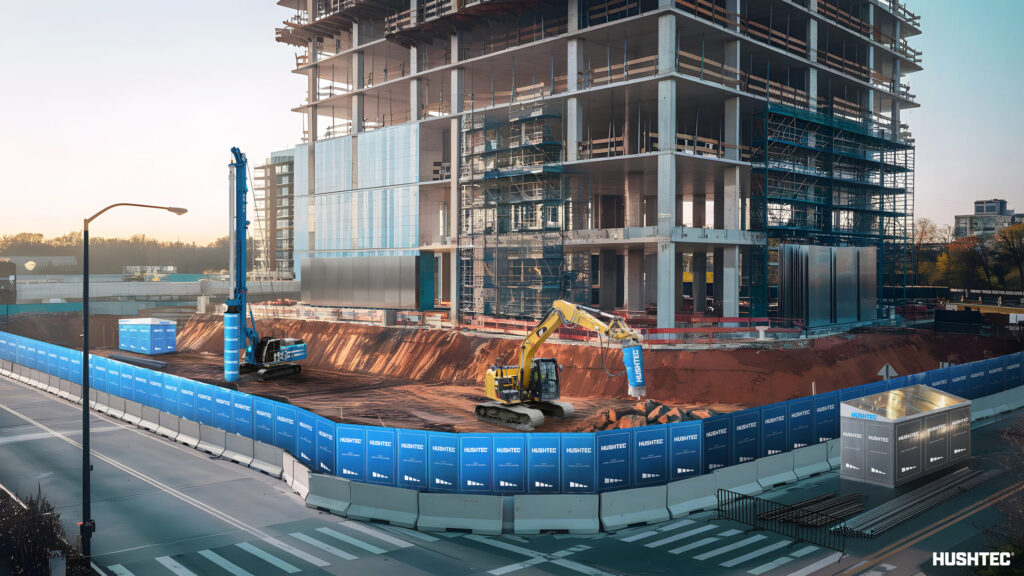The impact of noise pollution is often underestimated in environmental discussions, yet its effects on wildlife and urban communities are profound. Excessive noise disrupts natural animal behaviours, reduces biodiversity, and creates human health risks. Urgent action is needed to protect both ecosystems and city residents, supported by proven Hushtec noise control solutions that reduce harmful sound at the source.
Impact of Noise Pollution on Wildlife
Disruption of Natural Behaviors
- Communication Interference: Many animals rely on vocalizations for mating calls, territorial warnings, and social bonding. Noise pollution can mask these crucial sounds, leading to:
- Reduced breeding success
- Increased predation risk
- Disrupted social structures
- Altered Feeding Patterns: Noise can scare animals away from their feeding grounds or make it harder for predators to locate prey.
- Migration Disruption: Birds and marine animals may alter their migration routes to avoid noisy areas, which results in:
- Increased energy expenditure
- Reduced access to suitable habitats
Physiological Stress
Chronic noise exposure can cause:
- Elevated stress hormones
- Weakened immune systems
- Reduced reproductive success
Impact of Noise Pollution on Urban Communities
Health Concerns
- Hearing Loss: Prolonged exposure to high noise levels can lead to permanent hearing damage.
- Cardiovascular Issues: Noise pollution is linked to higher blood pressure and an increased risk of heart disease.
- Mental Health: Excessive noise contributes to stress, sleep disturbances, and lower cognitive performance.
Social and Economic Consequences
- Reduced Property Values: High-noise areas often experience decreased real estate prices.
- Productivity Loss: Noise-related stress and fatigue reduce workplace efficiency.
- Social Isolation: Excessive noise discourages outdoor activities and weakens community engagement.
Solutions to Reduce the Impact of Noise Pollution
For Wildlife Conservation
- Noise Barriers: Install sound-absorbing walls along highways and habitats.
- Quiet Zones: Establish protected areas with strict seasonal noise restrictions.
- Technology Advancements: Develop quieter machinery for industries near wildlife.
- Equipment Shrouds: Use acoustic covers for machines in construction and demolition, similar to acoustic barriers for construction that shield surrounding areas.
For Urban Areas
- Urban Planning:
- Integrate green belts and buffer zones between residential areas and noise sources.
- Use buildings with sound-insulating designs, supported by industrial soundproofing products.
- Traffic Management:
- Encourage electric vehicles and public transport.
- Restrict heavy vehicle movement during residential quiet hours.
- Community Awareness:
- Educate residents about the impact of noise pollution on health.
- Promote noise-cancelling headphones in high-noise public zones.
- Policy and Enforcement:
- Enforce stricter noise regulations and install monitoring systems.
- Green Infrastructure:
- Increase urban green spaces to act as natural sound barriers.
- Promote green roofs and vertical gardens on buildings.
Conclusion
By implementing these strategies, we can create healthier environments for both wildlife and humans. Reducing noise pollution improves community health while protecting ecosystems and biodiversity.
To explore tailored solutions, learn more about Hushtec noise control solutions, see the industries we serve, or contact Hushtec to discuss custom approaches for your project.







